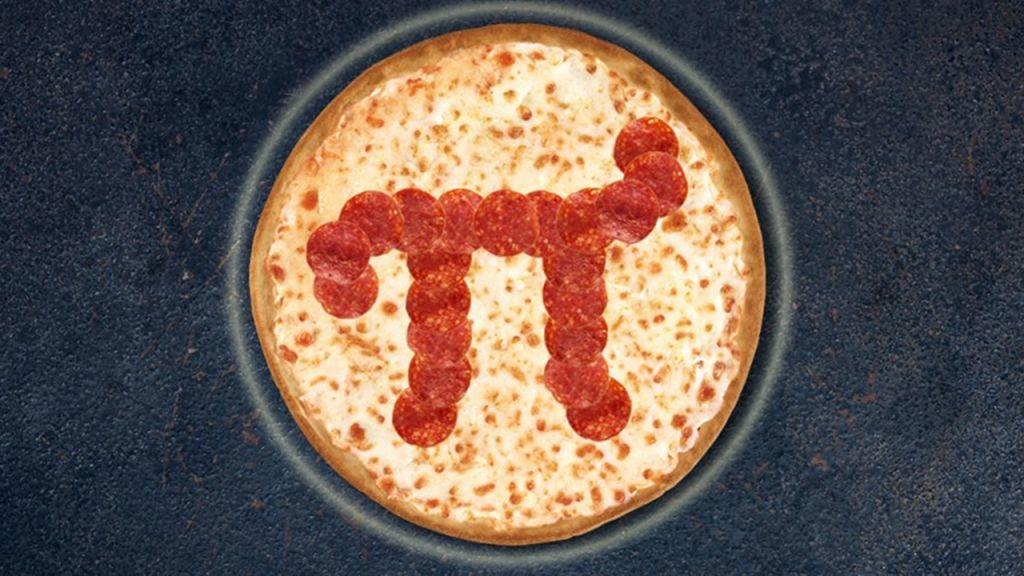In 1882, Ferdinand von Lindemann published the first complete proof of the transcendence of π (“Pi”). The number π represents the ratio of the circumference of a circle to its diameter.
Now we all know that a transcendental number is a real number that is not the solution of any single-variable polynomial equation whose coefficients are all integers – don’t we? OK, for most of us, a transcendental number is one that is infinite – with no known end.
The mathematical concept of transcendental numbers first appeared in a paper by the German mathematician and philosopher Gottfried Wilhelm Leibniz in 1682 and Leibniz is credited as being the first person to define transcendental numbers as we understand them today (if we do).
The first proven transcendental number was actually not π, but a number represented by the letter “e”, which was proven to be transcendental by the mathematician Charles Hermite in 1873. While π is still probably the most well known and recognized transcendental number, there are apparently an infinite number of transcendental numbers out there (somewhere).
Now if you are a real trivia nerd, you also know that Pi Day is celebrated every year on March 14th. Why, you may ask on March 14? The celebration originated in 1988 when Larry Shaw, a physicist, declared 3.14 – the first three numerical digits in Pi and which coincidentally happens to be Albert Einstein’s birthday – as an annual celebration of “Pi Day.” Hey, you don’t really think we can celebrate the “Square Root of 12 Day” or a “5, 4, 3, 2, 1 Factorial Day” do you?


